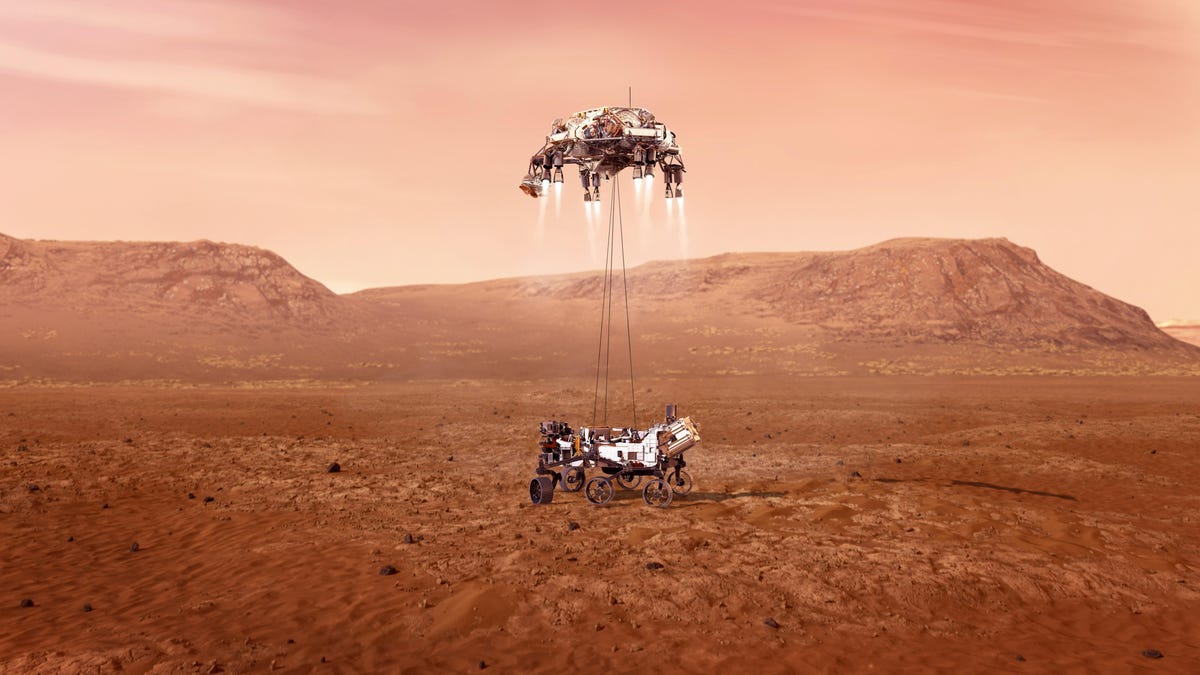
It’s conceivable that a future American President will address the nation from the Oval Office on the day NASA successfully lands astronauts on Mars. They will likely praise the blood, sweat and tears it took to travel 140 million miles to the Martian surface. However, those same bodily fluids could be vital building materials for long-term habitation on the Red Planet.
With the vast distances involved, any manned mission to Mars won’t be able to haul substantial solid buildings to another planet. The easiest solution would be to use what’s already there. Researchers from Kharazmi University in Tehran, Iran explored several possible materials. Their findings were published in the journal Acta Astronautica. An excerpt from the report reads:
“Although it is a bit strange, blood can be utilized to create strong concrete or bricks for onsite construction on Mars. After the arrival of the first Martian inhabitants and their placement in primary structures, which can include inflatable structures, the combination of tears, blood, and sweat from the inhabitants, along with Martian regolith, can be used to produce a concrete known as AstroCrete. The production process is simple.”
AstroCrete, also known as blood concrete, is a mixture of Martian rocks and bodily fluid. The waterless concrete is considered an ideal solution for the extremely arid environment. Researchers estimated that it would take 72 weeks for a crew member to generate enough fluid to build a habitat. Once more astronauts arrive on Mars, there would be a steady stream of fluid. The base expansion would be self-sustaining. More habitats allow for more people. More people means more fluid.
The researchers note that ancient Romans used animal blood to reinforce their mortar. However, AstroCrete has some issues. Living on Mars will be a physical challenge and forcing astronauts to constantly donate blood would hamper progress on all other projects on the Martian surface. Also, the material’s low density would offer lackluster protection against cosmic radiation.
Space programs will find a long-term construction solution for Mars eventually. Considering NASA’s delays in returning to the Moon, the agency has plenty of time to brainstorm ways to build on the Red Planet without literally bleeding it’s astronauts dry.


